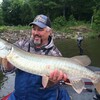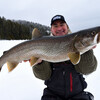
Sweet Spot Season
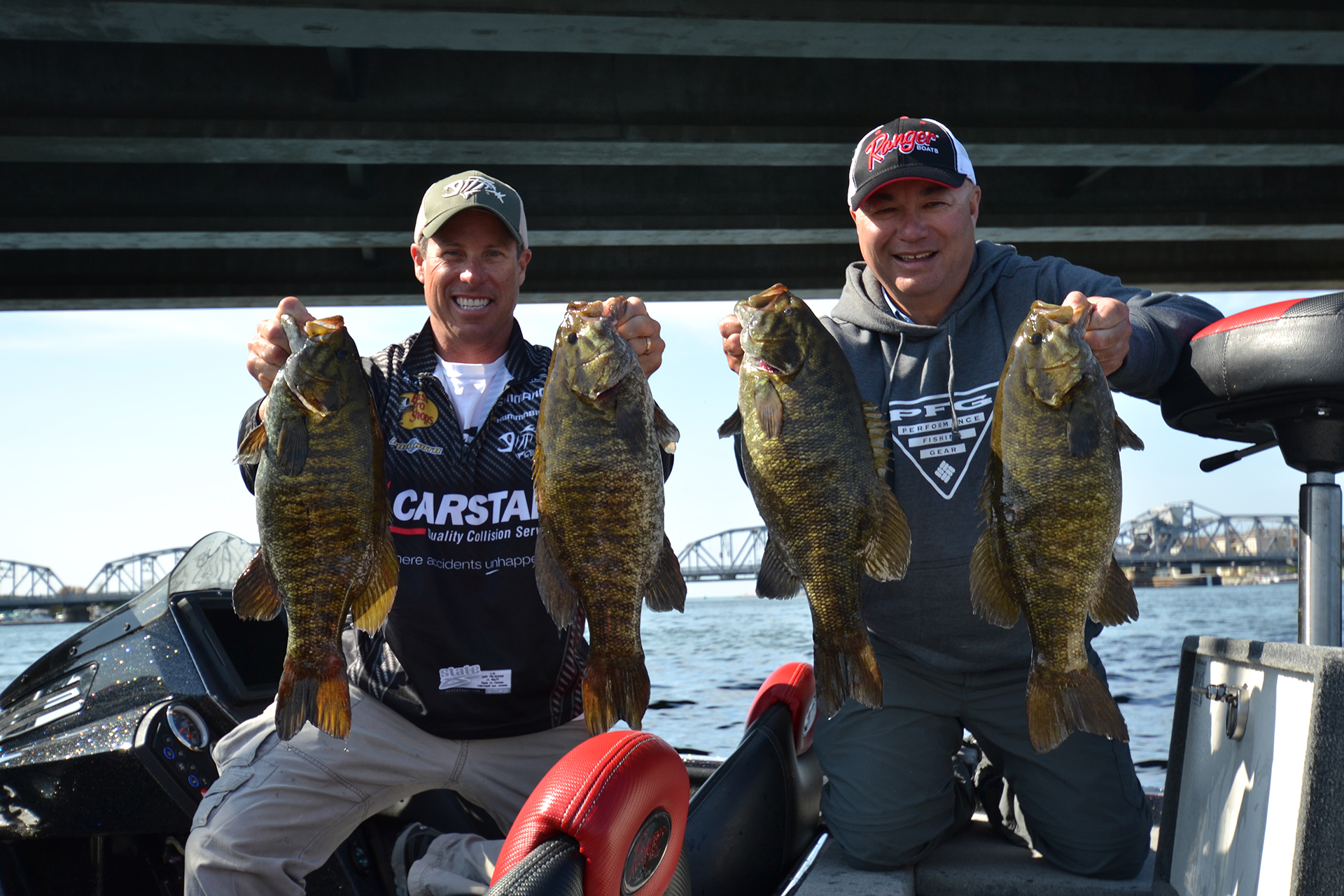
Unless you made or inherited a lot of money, or won the lottery, chances are you don’t spend as much time on the water fishing as you want to. Even with what I do for a living I find myself always having to quit because I have to drive somewhere else or have another commitment, or it gets dark or something, even though I want to spend more time on the water. When you have a limited amount of time to be out there fishing, you really want to look for those high-percentage sweet spots. When fall rolls around these sweet spots become more of a gathering place than at any other time of the year, except perhaps during the spawn.
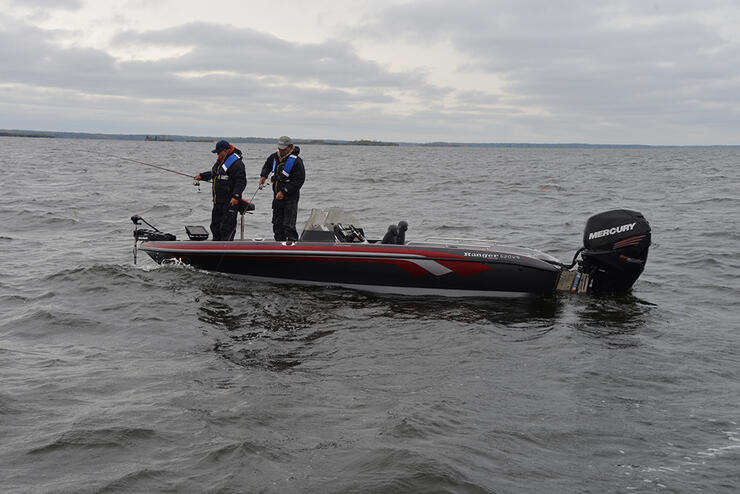
There’s no question that the fall tends to congregate a lot of fish, whether it be smallmouth bass tightly schooled on a rocky deep water hump or largemouth on a deep weed point or an inside turn on a weed edge or where the rocks meet the weeds. I’ve seen it so many times how a lot of these spots can hold an incredible abundance of fish. And once you find them, chances are that every year when the conditions line up during the fall these fish will migrate in schools to these same spots. One of the cool things about having predictable sweet spots is that you can go and catch a lot of fish, generally bigger than average fish, on them during the fall period.
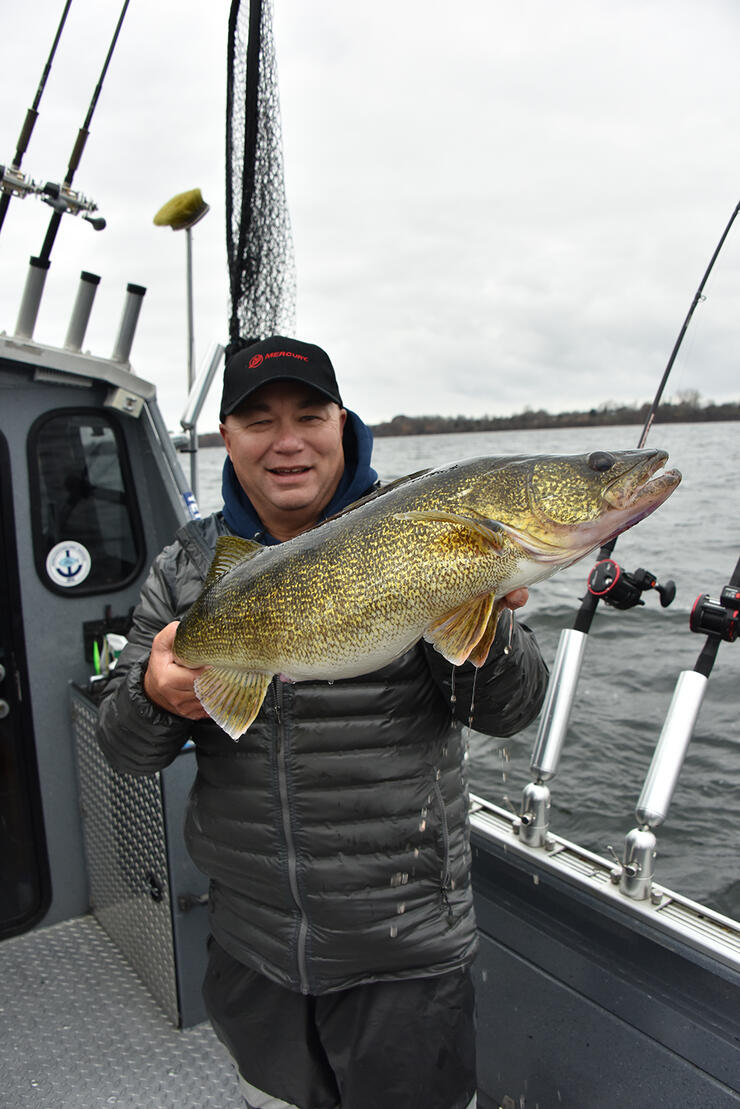
There are places that we fish around the Great Lakes that are gathering spots for smallmouth bass during the fall of the year. Most of them are long, extended points that might have ridges, break lines, or humps off of them. What you can do is go around with your sonar and graph these types of spots. When you mark one fish you’ll usually mark a bunch. Many times when you find fish on these spots you don’t even have to move the boat – just lower a jigging spoon or a drop shot rig or a blade bait and you can catch a ton of fish on the exact same spot.
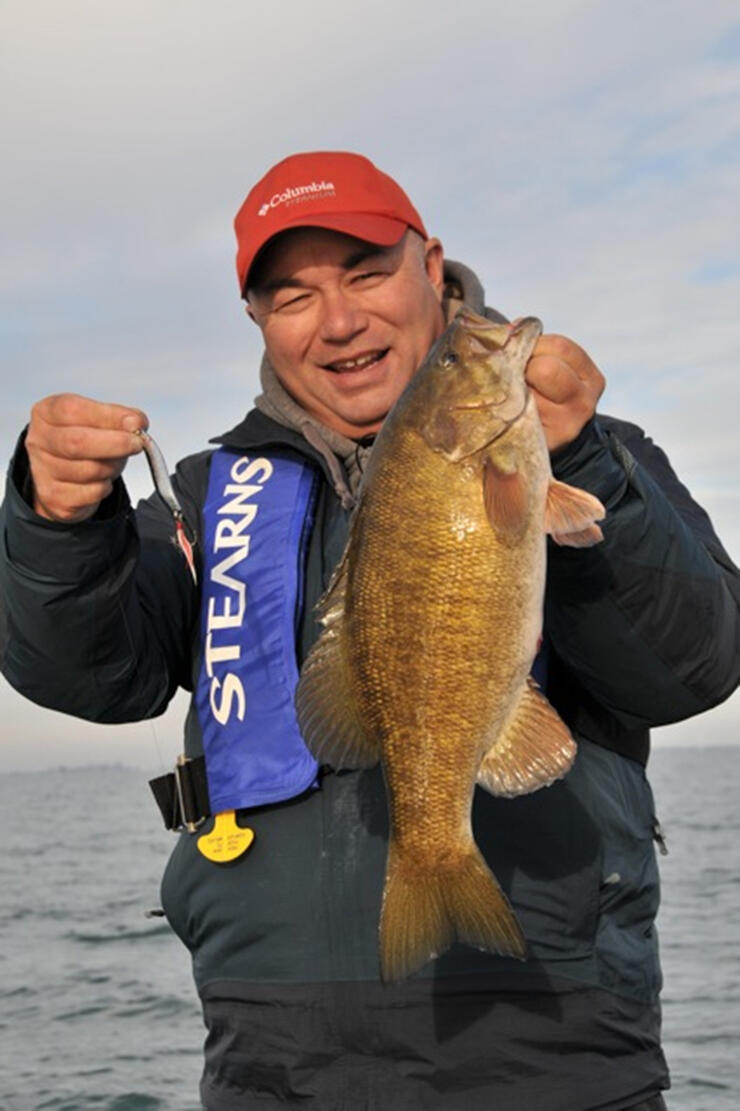
In many cases, largemouth will move from the boat docks, the timber, the lily pads, or the weed flats and filter out onto these sweet spots as well where they’ll school up during the fall. Once again, a jig and trailer, soft plastic baits, or a drop shot rig will catch these largemouths that are feeding up before the cold weather comes around.
We also get a lot of bass gathering on current spots that are adjacent to areas where the bass might have been scattered over during the summer. It could be largemouth or smallmouth. Down on Lake St. Clair, we get a lot of largemouth in mild current areas that are off some of the river mouths, in and along the drop-offs and weed strips, or around reeds in the fall. The fish will bunch up along these edges and be ready for the picking.
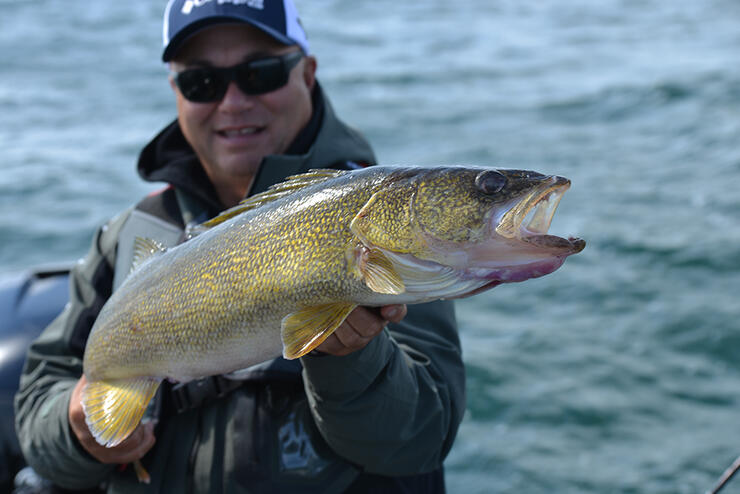
Underwater humps can be very good in the fall of the year for a variety of species. Smallmouth, walleye, largemouth, pike, and even muskies seem to gather around a lot of deepwater humps and you can use your sonar and your Navionics mapping to find these. Once you do, you can just lower down baits and start catching these fish.

Every year we go up to the Haliburton Highlands for a corporate fishing excursion and it’s very common to go to some of the humps on this lake and catch both walleyes and smallmouth in the same area. The only difference is that the walleyes tend to sit on the edges and the smallmouth seems to prefer the top of the humps. It’s incredibly predictable how the two species will be within a cast or two of each other on the same piece of structure.
On many of the Great Lakes, we’ll spend a lot of our time graphing break lines, humps, bumps, and points until we find the mother lode of fish. I’ve had so many days out there where we’ve caught 50 to over 100 fish by only fishing a couple of different spots over the day rather than running all over the lake trying to find one here, one there. Once we get on a school of fish we can literally catch them as fast as we can get our baits down to them. Double and triple-headers are very common during the fall of the year.
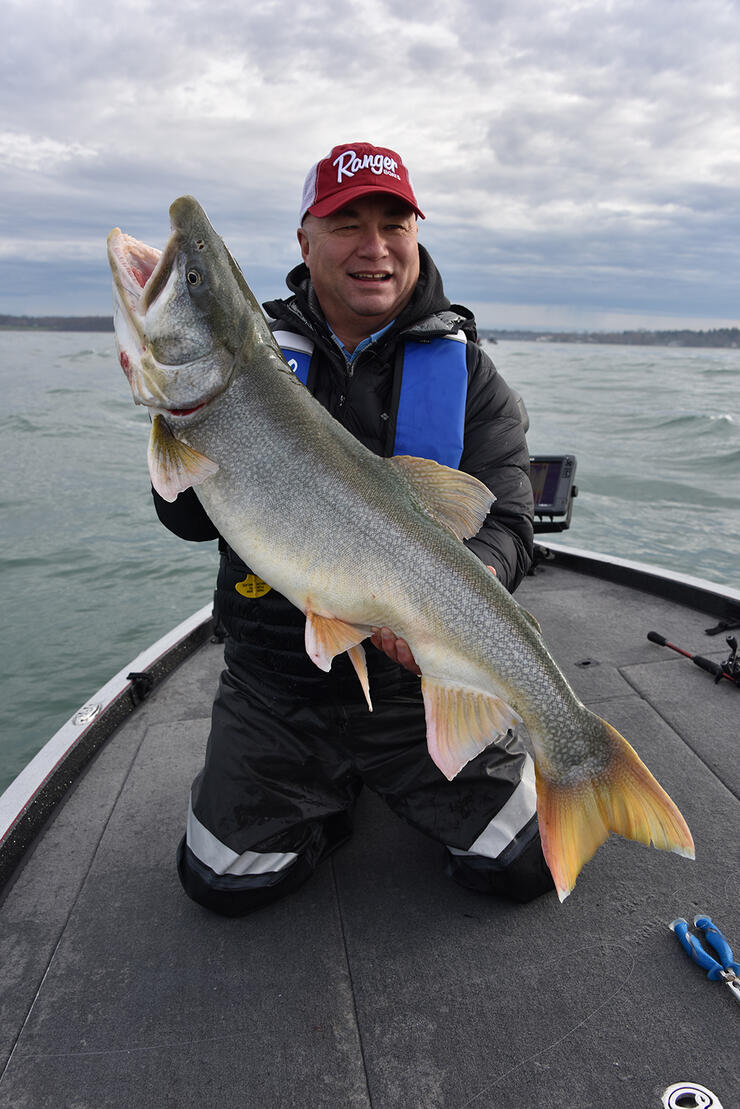
It seems that when fish school up they get very competitive and when you’re fishing with a friend or two you can all hook up at the same time. Once you hook one fish it usually stirs up the rest of the school and it’s not uncommon to see several fish following a hooked one, even if you’re in 30 feet of water. So I always think it’s a good idea when I’m fishing with friends for deep water, schooling fish, to keep a lure down there whenever a fish is hooked because chances are someone else will get a hit too. The fish seem to get into a feeding frenzy like people do when a fresh batch of crab legs gets put out at an all-you-can-eat buffet. Just watch next time you’re at one of those giant buffets and they put a fresh load of crab legs out. It’s a feeding frenzy, just like fall fishing can be!
Recommended Articles

Cutler Lake Lodge: Your Cozy North Channel Area Fishing Getaway

20 Years With Fish TV!

Predicting Lake Thickness

10 Facts About Lake of the Woods
Ontario Brook Trout

Eating Northern Pike

’Tis The Season

Nipigon Brook Trout
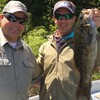
Ontario Experience

Ideal Christmas Gifts For The Northern Ontario Ice Angler
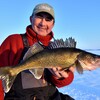
How To Dress Really Warm On The Ice This Winter

Smallmouth Bass Destinations
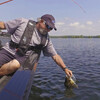
How Smallmouth Bass Came to Ontario
Don’t Be Afraid Of Muskies

Best WhiteFish Tactics

Top 5 Baits for Smallmouth and Largemouth Bass
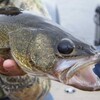
Wind, Cloud & Walleye
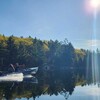
Ten Mile Lake Lodge
